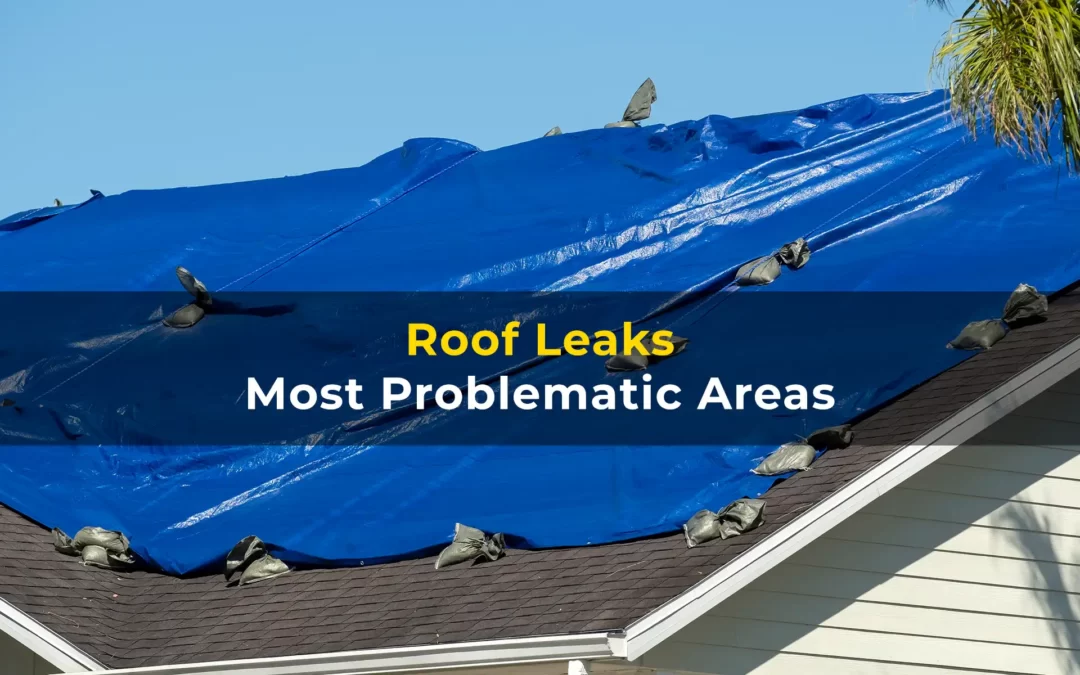Breadcrumbs
These links will help you get back to where you want to go faster.
Quick Facts
- Roofing underlayment has a rich history that goes back to the Gold Rush
- Asphalt paper is heavier and puts more stress on the roof compared to synthetic underlayment
- Synthetic underlayment reduces heat in the attic and that will result in lower electric bills

170-years ago, Prospectors during the California Gold Rush covered the roofs of their temporary cabins with roof felt, also known as felt-paper or felt-tar. Now, felt is still the most popular roof covering (now used as a base layer) installed today. That, however, could soon change. In the coming years, we seem likely to hit the tipping point at which a greater proportion of homes across America are going to be covered in synthetic shingles rather than the felt type of roof.

Understanding Roofing Felt
Roofing felt is basically polyester or fiberglass woven wool soaked with a few waterproofing agents.
Thickness: 15/30/40 pounds
What that means: These numbers are references to what 100 square feet of the paper used to weigh, way back when it was first used. The actual weight-per-square-foot is lower than what is on the labels nowadays.
How it is sold: Sold in 36-inch-wide rolls
What is Synthetic Roofing Felt Underlayment
Various types of synthetic underlaying’s have been available since the early 2000s. Most synthetics are either knitted or spun out of polyethylene or polypropylene. While the ingredients are similar, the production processes and thicknesses for each type of backing can be tuned to create different properties, such as durability and footing. One way of comparing synthetic underlays is weight, which is analogous to how you compare feels. Instead of pounds-per-100-square-foot, synthetics are measured in grams-per-square-meter (GSM).
Why Homeowners and Roofing Contractors Prefer Synthetic Underlayment
- Increased walking ability greatly minimizes the risk of accidents on the job site. Roofers can typically finish a complete single story family house in 1-day.
- Lightweight material saves on labor and material cost. Those savings can get passed on to the homeowner.
- 1-roll of asphalt roofing felt paper only covers 400 square feet compared to synthetic which can cover up to 1000 square feet
The thing about roofing products is they can be an absolute pain in the butt getting up to your roof. So, any time that roofing materials needed can be lighter, it is a good thing. When anchored correctly, synthetic products hold better than felt.
Most synthetic manufacturers call for the products to be installed using cap nails, rather than stapling. This is particularly important if the product is going to be exposed for any amount of time. It is best to check with manufacturers to make sure that their products are recommended for a “hot roof”. Not every roofing type is suitable for installation on every synthetic base.
Home Improvement
Learn about the best and trendiest home improvement tip’s and fad’s.
How to Find a Roof Leak
How to find and locate your roof leak and stop water infiltration before costly roof repairs or replacement. Inspect home using protective gear, how to trace water water path, roof penetration in vents, chimney, plumbing stacks and other damage to roof shingles, underlayment, sheathing, etc.
Most Common Roof Leaks in Arizona
Learn about the most common roof leaks that happen in Arizona - damaged shingles, condensation in attics, damaged skylights, chimney, roof flashing or underlayment and other most common roof leaks form after years of monsoon seasons and wear and tear.
Asphalt Shingles – Why Do We Use Them?
Shingle Roof System comes with multiple layers to protect your roof. Learn about the affordability of shingles, durability of shingles, weather resistance and laminated shingle informaiton.
Products We Use for Synthetic Underlayment
Tri-Built
Synthetic Underlayment designed to replace traditional felt paper for sloped roof applications
FT Platinum
Industry leading, premium quality, mechanically attached synthetic roofing underlayment designed for steep slope roofing.




